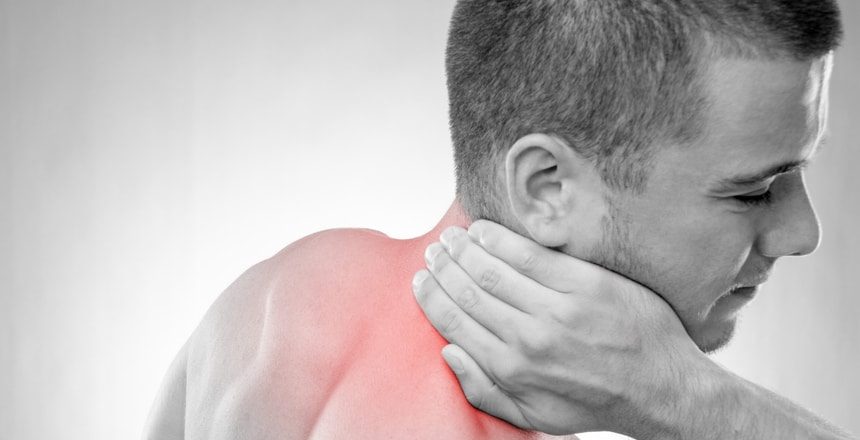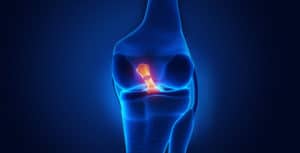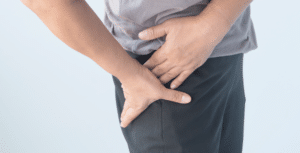Cervicogenic headaches often have the following presentation, that is different from migraines, cluster or tension headaches:
- Usually affects one side of the head/neck and is exacerbated by neck movements and non optimal postures. Headaches usually presents around the occiput (base of skull), frontoparietal (front and side of skull) and orbital (around eye socket) regions.
- May present with or without neck pain but usually with limitation in neck movements especially stiffness in the upper neck region (C0-C3).
- It is usually chronic and episodic, moderate to severe in intensity and can last between an hour to weeks.
Cervicogenic headaches are often responsive to physiotherapy treatment as it is driven by postural and muscular issues. Physiotherapy treatment that can be effective in treating these headaches include:
- Manual therapy/mobilisation to the neck especially the upper neck and even to the upper back region to help optimise one’s posture
- Soft tissue releases around the neck/ shoulder muscles like the upper trapezius, sternocleidomastoid, scalenes, levator scapulae and pectoral muscles, which often gets overused, hence creating increased tightness and trigger points in these muscles groups.
- Postural re-education with strengthening exercises of the deep neck flexors/ extensors muscle group
Once the acute headache episode settles and neck movement is restored, it is vital for a specific rehabilitation exercise programme to be prescribed to help reduce recurrence episodes and to help one to self manage their symptoms more effectively. The exercise programme needs to be specific and functional. For example, exercises prescribed for an office worker who needs to sit and perform sustained /repetitive computer work would be different from a mum who needs to move/ bend and lift a baby/ toddler through the day. Some headache sufferers will require a more stretch base programme versus others who may need a more strength based programme and others will require a balance between stretching and strengthening exercises. Your physiotherapist will be able to advise you of what is most appropriate for you, based on your daily activities, work requiremenst and body type (eg a stiff body versus hypermobile body).
So to take the headaches away, it is important to get a good comprehensive assessment to determine the cause of the headache and to identify any postural or movement dysfunctions, so it can be treated most effectively.





